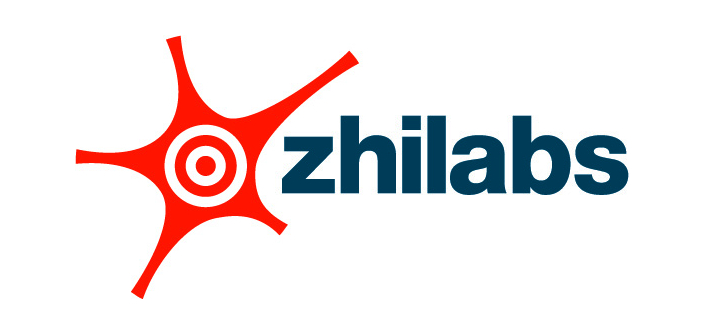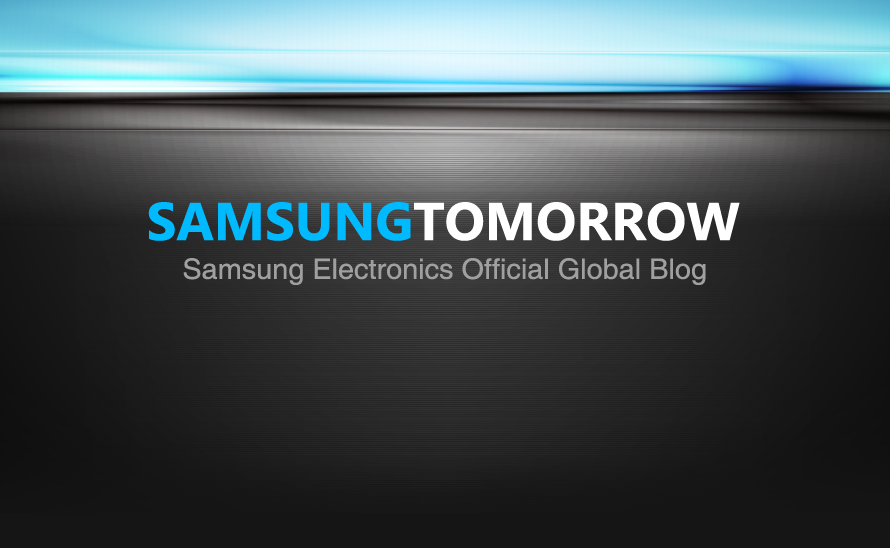[Editorial] Making 5G Networks More Resilient With AI-Human Collaboration
on September 8, 2021
Today, the world is more connected than ever before, but there remains a need to make our experiences with our devices more seamless and consistent. This has led to new expectations for mobile operators. Now, operators’ cutting-edge networks must offer constant access to millions of devices while supporting enormous data flows without failure. As operators look to make their 5G networks not just vast but reliable as well, we at Samsung Electronics believe that utilizing artificial intelligence (AI) could be key to modernizing this crucial aspect of communications infrastructure.
With 5G networks, a self-learning AI-based tool’s ability to manage operations and optimize performance offers clear benefits for mobile operators. That said, we believe that complementing such tools with human creativity and decision-making will help bring the technology’s enormous potential to reality. With this in mind, Samsung has developed an AI tool known as CognitiV Analytics, which can collaborate with human counterparts to help mobile operators resolve various issues related to managing 5G networks.
I’d like to share how Samsung’s latest human-AI collaborative tool helps mobile operators optimize services and manage 5G networks more effectively.
Quality and Collaboration Are Key
CognitiV Analytics represents a big step forward for 5G network management. The solution’s ability to swiftly identify technical issues and accurately analyze network quality stems from two key features. The first is its ability to analyze the performance and quality of services across entire networks, while the second is the collaboration it fosters with its human counterparts.
In order to properly analyze network performance, it requires the collection and evaluation of entire service flows for each and every user. For example, in order to determine the service quality that a subscriber is experiencing when streaming videos, mobile operators need to know how various elements of their 5G networks, including RAN and Core, are operating together, and whether any issues have arisen. This is no small task. Because the sheer amount of raw data from each element is so massive, analyzing that data requires an extremely powerful AI tool.
To aid this process, Samsung and Zhilabs, a Samsung Company, created CognitiV Analytics. This powerful solution collects data from various sources from networks and uses that data to create a big-picture snapshot of the network’s status.

The solution offers comprehensive analysis, making it easier for mobile operators to evaluate and view network performance, services and other valuable information, eliminating the need to utilize multiple analytics solutions to obtain the same information. CognitiV Analytics tool offers the ability to offer fast analysis and also minimizes human error that can come with moving complex data across multiple tools.
By working closely with human counterparts and providing them with detailed explanations of its actions, our CognitiV Analytics solution offers greater transparency on how AI addresses particular problems. Over time, these interactions will help increase the tool’s accuracy and efficiency while enabling mobile operators to become more familiar with and trusting of AI.
The Importance of Strengthening AI Tools
CognitiV Analytics not only showcases what our AI technology is capable of, but it also demonstrates how AI can be used to solve important issues, and proves just how easily it can be incorporated into commercial networks. Included among the solution’s key features are its abilities; to learn using diverse data sets; to apply rule-based analysis; and to implement automation.
CognitiV Analytics’ AI has proven capable of quickly ascertaining important information about mobile operators’ networks even at the initial stage of its implementation, when only small data sets have been available. In order for AI to learn, it must be able to work with both labeled and unlabeled data. A typical data label might indicate whether a photo contains a horse or a cow, or what type of action is being performed in a video. Labeled network data, however, is expensive to obtain, since a few highly trained engineers can perform sophisticated labeling process. Therefore, in order for AI analytics tool to offer meaningful insights even at the initial stage, its AI must be capable of learning from unlabeled data. Our AI has the capability to learn from both labeled and unlabeled data, being able to support mobile operators from day one.

While most 5G network data sets can be analyzed with AI, some data features distinct characteristics that make it unsuitable for AI-based analysis. Such cases require users to apply their own rules, based on their experience and expertise, to assess their data. This is called rule-based analysis. CognitiV Analytics incorporates this analysis by enabling users to mix and match AI-based and rule-based analysis. This streamlines connections by offering mobile operators more accurate evaluations of network performance.

When we talk about automation in 5G networks, we’re talking about a process that typically features four phases: (1) discover the problem, (2) identify the root cause, (3) find the solution, and (4) apply the solution to the network. Some mobile operators tend to prefer to take some time to understand how AI-based analytics tools manage issues in each phase. Those of us in the industry believe this boils down to the familiarity and reliability of AI. Our CognitiV Analytics solution is designed to address the issue by applying each phase in steps, so mobile operators can take time to understand the AI in managing their 5G networks.
Samsung’s CognitiV Analytics is already being utilized in commercial networks that enable connections for hundreds of millions of mobile users. What is notable about this is the fact that our solution supports closed-loop automation, automatically offering recommended configurations for each element of a particular network. It features automatic KPI monitoring and fallback functions to guard against KPI degradation, which helps keep service levels constant across entire networks. In addition, based on its analysis of real-time data, CognitiV Analytics automatically adjusts network configurations to better manage fluctuations in traffic patterns and environmental changes.
Harnessing AI for Future Networks
For today’s mobile operators, proper network management is a complicated and essential part of keeping the world connected. It’s also an aspect of their operations that features no room for error. As the number of connected devices increases and more immersive use cases are introduced, mobile operators require simple tools that aid managing commercial networks and allow them to quickly respond to pressing issues. Powerful, AI-based management tools working closely with human counterparts make this possible.
We look forward to creating a future in which fully automated mobile networks behave like living organisms, promptly identifying issues and resolving them like our body would heal a wound. This means that if, for example, we found ourselves unable to stream a movie on our smartphone, the network’s AI-based management tool would fix the issue on its own. When AI expects an increase in traffic, it would expand network capacity by automatically adding network resources. While it will take some time to make these experiences a reality, we can make them possible by continuing to advance AI the right way.
CognitiV Analytics is a reflection of Samsung’s ongoing commitment to harnessing AI, which will bring incredible opportunities to enrich our everyday lives. Combining the power of AI and human creativity can provide mobile operators with the solutions they need to simplify operations and better manage network resources.





